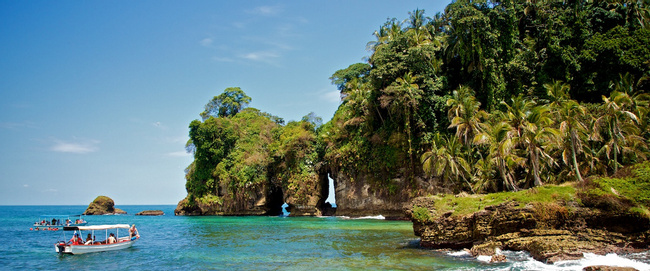Lugares para Visitar en Panamá
El paisaje físico de Panamá incluye playas y montañas, islas y bosques; su amplio paisaje cubre todo desde una ciudad capital cosmopolita, hasta aldeas indígenas muy sencillas. No hace falta decir que hay una gran variedad de lugares que visitar, lo cual puede dificultar decidir a dónde ir. Las siguientes categorías de destinos le ayudarán a comprender sus opciones. Una de las mejores estrategias es escoger uno o dos lugares primero, y luego encontrar los lugares sumplementarios en las cercanías. No es raro para viajeros visitar de tres a cuatro destinos en un período 7-10 días. Desde playas mochileras hasta bungalós urbanos, el pequeño tamaño de Panamá facilita probar destinos diferentes en un corto período de tiempo.








